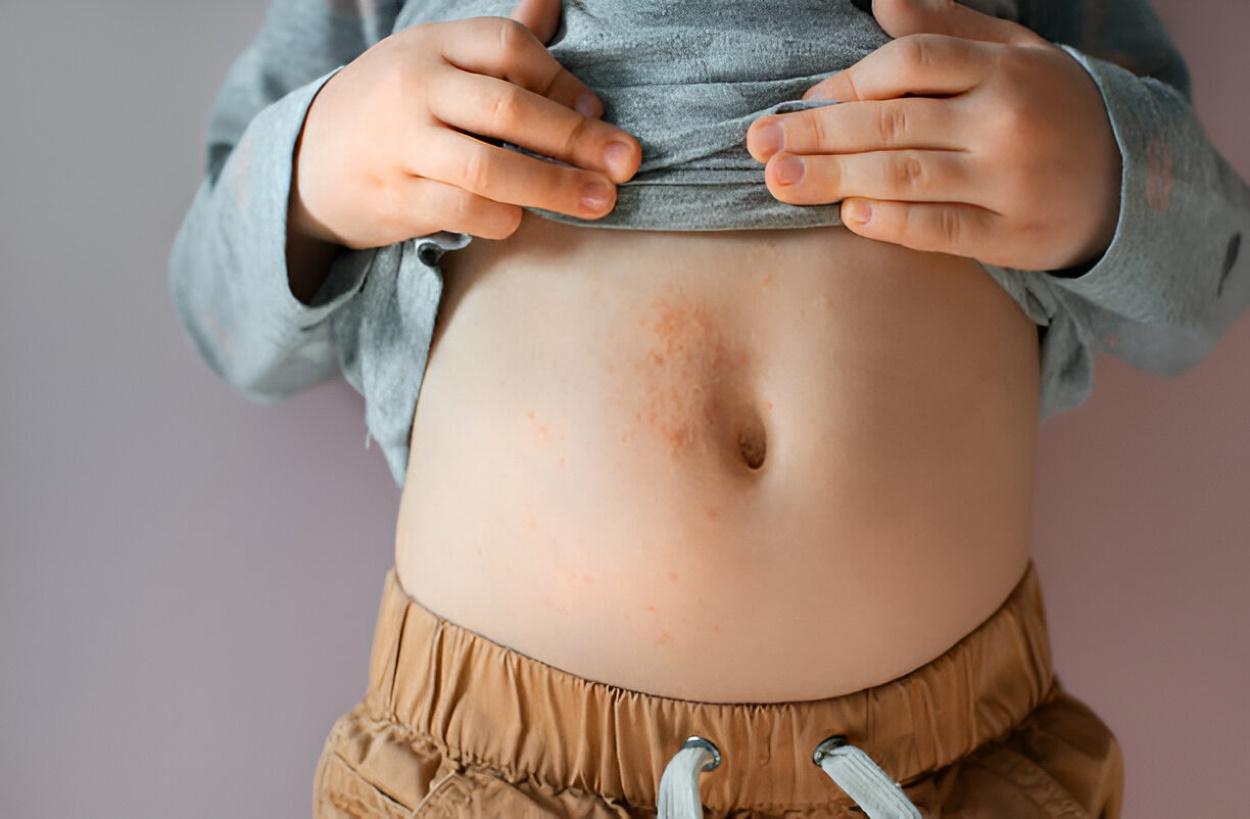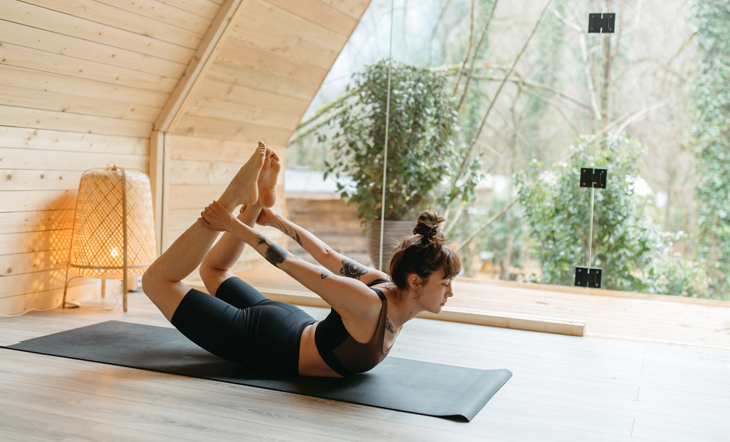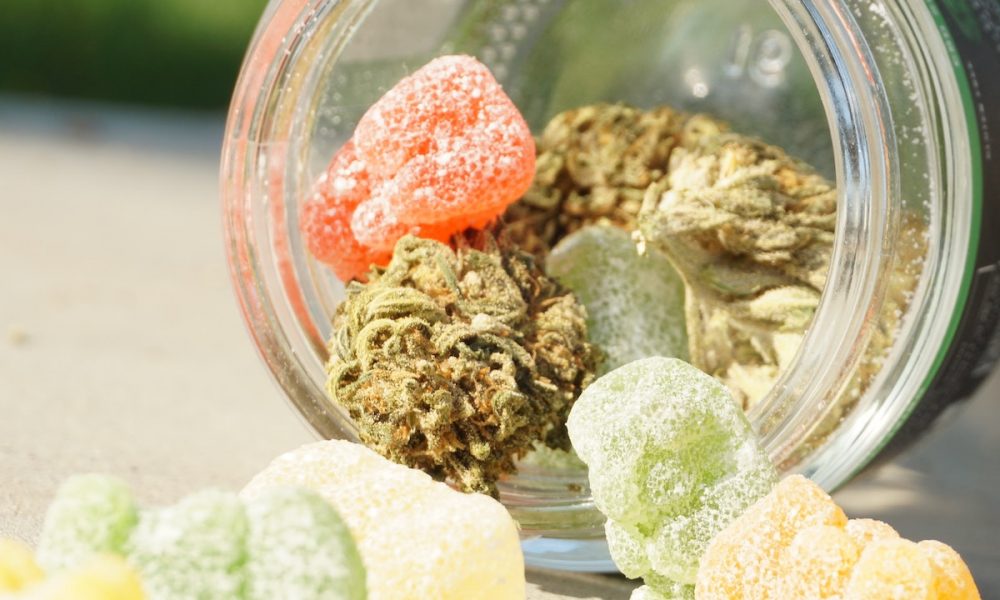The monsoon season brings with it much-needed respite from the scorching heat of summer, but it also introduces a host of challenges for maintaining healthy skin. The increased humidity, damp conditions, and constant exposure to water create an environment conducive to the growth of various microorganisms. These conditions often lead to skin infections, skin rashes, and other skin diseases. To help you enjoy the monsoon while keeping your skin healthy, we’ve compiled a comprehensive guide on how to prevent skin infections during this season.
Skin diseases can mess up our daily lives in more ways than one. Visit a super speciality hospital in Gurgaon today to get your healthy skin back in a prompt and lasting manner.
Understanding Skin Infections During Monsoon
Skin infections during the monsoon are typically caused by fungi, bacteria, and viruses. The moist environment allows these pathogens to thrive, leading to a range of skin problems such as fungal infections, bacterial infections, and viral rashes. Common skin infections include athlete’s foot, ringworm, and candidiasis, all of which can cause significant discomfort if not managed properly.
Common Types of Monsoon-Related Skin Infections
Fungal Infections: Fungal infections are quite commonly encountered during monsoons, and it is the damp conditions and humidity that are to blame. Common fungal infections include athlete’s foot, jock itch, and ringworm. These infections typically present as itchy, red, and scaly patches on the skin.
Bacterial Infections: Bacterial infections, such as cellulitis and impetigo, are also prevalent during the rainy season. These infections can occur when bacteria enter the skin through cuts, abrasions, or insect bites, leading to red, swollen, and painful areas on the skin.
Viral Infections: Viral skin infections, such as warts and herpes simplex, can also become more problematic during the monsoon. These infections are often spread through direct contact with infected individuals or surfaces.
Tips to Prevent Skin Infections During the Monsoon
Maintain Personal Hygiene
Maintaining personal hygiene is crucial to prevent skin infections. Taking regular showers is a must during monsoons. Use an antiseptic soap or body wash to cleanse your skin thoroughly. Pay special attention to areas prone to sweating, such as the underarms, groin, and between the toes.
Keep Your Skin Dry
Keeping your skin dry is essential to prevent the growth of fungi and bacteria. After showering or getting wet, make sure to dry your skin completely. Use a clean, dry towel and target the areas that are known to accumulate moisture. You can also use talcum powder in areas prone to sweating to keep them dry.
Wear Breathable Clothing
Opt for loose, breathable clothing made of natural fabrics like cotton. These fabrics allow air to circulate, reducing sweat and moisture buildup on your skin. Avoid wearing tight, synthetic clothing as these can trap moisture and exacerbate the problem at hand.
Avoid Walking in Puddles
Walking in puddles or stagnant water can expose your feet to various pathogens. If you need to walk through water, wear waterproof footwear to keep your feet dry and protected. After returning home, wash your feet thoroughly and dry them completely.
Use Antifungal and Antibacterial Products
Using antifungal and antibacterial powders or creams can help prevent skin infections. Apply these products to areas prone to infection, such as the feet, underarms, and groin. Look for products containing ingredients like clotrimazole, miconazole, or tea tree oil.
Stay Hydrated and Maintain a Healthy Diet
Staying hydrated is vital for maintaining healthy skin. Adequate water consumption for hydration is essential. Additionally, maintain a balanced diet rich in vitamins and minerals to support your skin’s natural defences. Foods rich in antioxidants, such as fruits and vegetables, can help protect your skin from infections.
Home Remedies for Healthy Skin During Monsoon
In addition to preventive measures, several home remedies can help maintain healthy skin and prevent infections during the monsoon. Here are a few effective ones:
Neem: Neem has potent antifungal and antibacterial properties. Make a paste of neem leaves and apply it to the affected areas to prevent and treat infections.
Turmeric: Turmeric is known for its antiseptic properties. Mix turmeric powder with water to form a paste and apply it to your skin to reduce the risk of infections.
Aloe Vera: Aloe vera is known to soothe and heal effectively. Apply fresh aloe vera gel to your skin to keep it moisturized and protected from infections.
Apple Cider Vinegar: Apple cider vinegar is potent in maintaining the skin’s pH and preventing infections. Dilute it with water and use it as a toner for your skin.
When to Seek Medical Help
While many skin infections can be managed with preventive measures and home remedies, some may require medical attention. Seek medical help at a super speciality hospital in Gurgaon if you experience:
- Persistent or worsening skin rashes
- Severe itching or pain
- Pus-filled blisters or sores
- Fever or other signs of systemic infection
Early intervention by a hospital in Gurgaon can help avoid further escalations.
Conclusion
The monsoon season, with its high humidity and damp conditions, can pose significant challenges for maintaining healthy skin. By following the tips and remedies outlined in this guide, you can reduce the risk of skin infections, skin rashes, and other skin diseases. Remember, maintaining personal hygiene, keeping your skin dry, wearing breathable clothing, and using antifungal and antibacterial products are key to preventing skin infections during the monsoon.
Stay hydrated, maintain a healthy diet, and don’t hesitate to seek medical help from a super speciality hospital in Gurgaon if needed. With these strategies, you can enjoy the monsoon season while keeping your skin healthy and infection-free.







